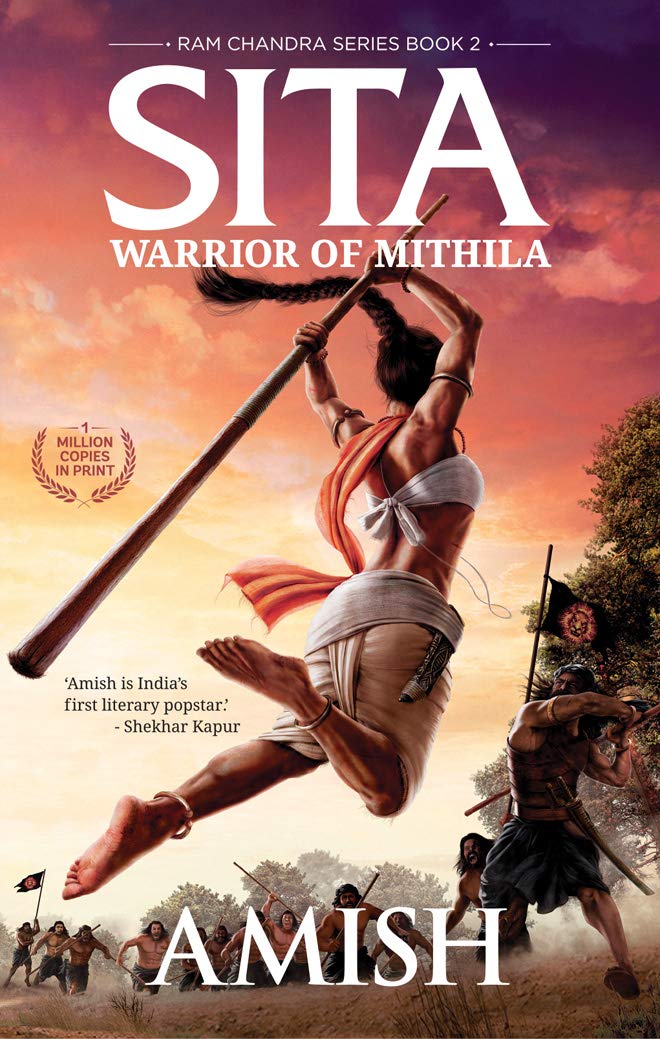Sita: Warrior of Mithila is the second book of Ram Chandra series by Amish Tripathi. Now, if you have judged the series by the first book then I would urge you to open up your mind and pick up this book.
The book is inspired by a storytelling technique called hyperlink, which is also called multilinear narrative. In this technique, the author is telling the same story from the perspective of different characters. In book 1, the story was told from the perspective of Ram. You can find my review for book 1 here. In book 2, the same story is told from the perspective of Sita, and in book 3 it is told from the perspective of Raavan. All the book ends at the same point when Sita is abducted by Raavan. Book 4 which is yet to be released which will continue from this point onwards.
What I like most about this book is that unlike all Ramayana re-narratives where Sita is always portrayed as a docile one who is always been the subject of all the iniquity which she accepts without retorting, Amish portrayal of Sita is quite liberating and refreshing. In the book, Sita is an orphan adopted by the king of Mithila, who has given up all his duties in pursuit of philosophical knowledge. From childhood, Sunaina who is her mother leads by example by being an empowered woman and inspires Sita to become the same. Sita takes her mother as a role model and becomes an effective prime minister of Mithila taking the city out of poverty and chaos.
The book also picks up the pace as other elements of the story gains momentum like the contention for the role of Vishnu between Sita and Ram, the enmity of Guru Vishwamitra and Guru Vashishta, the inclination of Malayputras and Vayuputra for their Vishnu candidate. However, since the story is the same as the previous one the book starts feeling a little dragged on from the point Sita meets Ram, even though the author tried his best to cover it by not repeating the scenes or dialogues covered in the previous book. But I guess some of them are quite unavoidable.
What I missed most in this book is the free expression of human emotions. Now, since Ram and Sita are portrayed as humans rather than Gods it would have been interesting to know what they were feeling when certain events were happening. Amish tried it at some places but I think it was quite clipped and hence I feel the readers will find it difficult to relate to them and hence can’t root for the protagonist of the story.
With few misses and few hits, this book is still quite interesting and I would definitely recommend it. I am really looking forward to pick up the third book. Let me know if you have read this book and what do you think about it in the comments.

Be First to Comment